Pressure cookers are versatile and convenient kitchen tools that can help you prepare delicious meals in no time. However, with so many different types of pressure cookers available in the market, it can be challenging to decide which one is right for you. In this blog post, we'll explore the differences between electric and stovetop pressure cookers and help you understand the pros and cons of each. Whether you're a busy home cook looking for a fast and easy way to make dinner or a serious foodie searching for the best performance, we've got you covered. So let's dive in and compare electric vs. stovetop pressure cookers to help you make an informed decision.
Table of Contents
I Introduction
Pressure cookers are an indispensable tool for any home cook looking to save time and effort in the kitchen. Whether you're preparing a quick weeknight meal or an elaborate feast for guests, a pressure cooker can help you get the job done quickly and easily. However, with so many different types of pressure cookers available in the market, it can be challenging to decide which one is right for you. In this blog post, we'll explore the differences between electric and stovetop pressure cookers and help you understand the pros and cons of each. By the end of this post, you'll have a clear understanding of the features, performance, convenience, and cost of each type of pressure cooker and be able to make an informed decision on which one is best suited for your cooking needs.
II. Overview of Electric Pressure Cookers
Electric pressure cookers are the latest innovation in pressure cooking technology. Unlike stovetop pressure cookers, electric pressure cookers do not require a stove to operate. Instead, they have an internal heating element that allows them to generate heat and pressure independently.
Pros of Electric Pressure Cookers:
Ease of use: Electric pressure cookers are generally easier to use than stovetop models. They often come with preset cooking programs that take the guesswork out of pressure cooking.
Safety: Electric pressure cookers are generally considered safer than stovetop models, as they have built-in safety features like automatic pressure release valves and locking lids.
Consistency: Electric pressure cookers are designed to maintain a consistent temperature and pressure throughout the cooking process, which can lead to more consistent results.
Versatility: Electric pressure cookers can often perform multiple cooking functions, such as slow cooking, sautéing, and even baking.
Cons of Electric Pressure Cookers:
Cost: Electric pressure cookers are generally more expensive than stovetop models, due to their additional features and technology.
Size and capacity: Electric pressure cookers are often bulkier and have a smaller capacity than stovetop models, which can make them less convenient for larger cooking projects.
Speed: Electric pressure cookers may take longer to reach pressure than stovetop models, which can affect overall cooking time.
Comparison to Stovetop Pressure Cookers:
Overall, electric pressure cookers are a good choice for home cooks who want a fast, easy, and convenient way to prepare meals. They are generally easier and safer to use than stovetop models, and they offer a variety of cooking functions. However, they may be less versatile and more expensive than stovetop models. If you're looking for a pressure cooker that is affordable, versatile, and can handle larger cooking projects, a stovetop pressure cooker might be a better choice.
III. Overview of Stovetop Pressure Cookers
Stovetop pressure cookers have been a staple in Indian kitchens for decades. They are a simple and efficient way to cook a variety of Indian dishes quickly and easily. Stovetop pressure cookers work by trapping steam inside a tightly sealed pot, which builds up pressure and raises the boiling point of water, allowing food to cook faster.
Pros of Stovetop Pressure Cookers in the Indian Market:
Affordability: Stovetop pressure cookers are generally less expensive than electric models, making them more accessible to Indian consumers.
Capacity: Stovetop pressure cookers are available in a range of sizes, from small to extra-large, which makes them suitable for cooking large batches of food for families or gatherings.
Durability: Stovetop pressure cookers are made of high-quality stainless steel, which makes them durable and long-lasting.
Versatility: Stovetop pressure cookers can be used for a variety of Indian dishes, from lentils and beans to rice and meat dishes.
Cons of Stovetop Pressure Cookers in the Indian Market:
Safety: Stovetop pressure cookers require careful handling, as they can be prone to accidents if not used properly.
Complexity: Stovetop pressure cookers require more attention and monitoring during the cooking process, as the pressure and heat need to be regulated manually.
Time: Stovetop pressure cookers may take longer to reach pressure and require a longer cooking time than electric models.
Comparison to Electric Pressure Cookers:
While stovetop pressure cookers offer affordability, durability, and versatility, they may not be as convenient or easy to use as electric models. Electric pressure cookers offer built-in safety features, preset cooking programs, and consistent temperature and pressure, which can make them more appealing to some Indian consumers. However, for those who value tradition and want a durable and reliable cooking tool for their Indian cooking needs, a stovetop pressure cooker is an excellent choice.
In the next section, we'll compare the features, performance, convenience, and cost of electric and stovetop pressure cookers in more detail.
MEYER Presta 3L Tri-ply with Outer Lid Pressure Cooker
IV. Features Comparison
When it comes to pressure cookers, there are many features to consider. Here's a breakdown of the key features and how electric and stovetop pressure cookers compare:
Capacity:
Both electric and stovetop pressure cookers come in a range of sizes, from small to extra-large. In the Indian market, stovetop pressure cookers are often preferred for larger capacity cooking, while electric pressure cookers are popular for smaller families or for those who want the convenience of a preset program for certain dishes.
Safety:
Electric pressure cookers offer more built-in safety features, such as automatic pressure release and locking mechanisms, making them a safer option for those who are new to pressure cooking or are concerned about accidents in the kitchen. However, stovetop pressure cookers can also be safe if used correctly and with caution.
Pressure and Temperature Control:
Electric pressure cookers offer more precise temperature and pressure control, as they have built-in sensors and digital displays. This can be helpful for certain dishes that require specific cooking temperatures or pressures. Stovetop pressure cookers require more manual attention to control the pressure and temperature, but this can also be seen as an advantage for those who prefer more control over the cooking process.
Cooking Programs:
Electric pressure cookers come with a range of preset cooking programs, such as rice, soup, meat, and more. These programs make cooking specific dishes easy and convenient, as the pressure cooker automatically adjusts the cooking time, pressure, and temperature for optimal results. Stovetop pressure cookers do not have preset programs, but they can be used for a wide range of dishes with manual adjustments to the pressure and cooking time.
Cost:
In the Indian market, stovetop pressure cookers are generally less expensive than electric models, making them a more accessible option for many consumers. However, electric pressure cookers can offer more convenience and ease of use, which may be worth the extra cost for some.
Overall, both electric and stovetop pressure cookers have their pros and cons in the Indian market. It ultimately comes down to personal preference and cooking needs. In the next section, we'll compare the performance and convenience of electric and stovetop pressure cookers for specific Indian dishes.
V. Performance Comparison
When it comes to performance, both electric and stovetop pressure cookers have their strengths and weaknesses. Here's a comparison of how they perform for specific Indian dishes:
Lentil Curry (Dal):
Lentil curry is a staple in many Indian households, and it can be easily made in both electric and stovetop pressure cookers. However, stovetop pressure cookers are generally better for larger batches of dal, as they come in larger sizes and can cook more evenly. Electric pressure cookers are better for smaller batches or for those who want the convenience of preset cooking programs for dal.
Chicken Biryani:
Chicken biryani is a popular and flavorful Indian dish that can be made in both electric and stovetop pressure cookers. However, stovetop pressure cookers are generally better for biryani, as they can cook the rice and chicken together more evenly and can create a better texture. Electric pressure cookers can also make biryani, but the rice and chicken may not cook as evenly.
Vegetable Pulao
Vegetable pulao is a simple and delicious Indian dish that can be made in both electric and stovetop pressure cookers. However, electric pressure cookers are generally better for vegetable pulao, as they can cook the rice and vegetables together more evenly and can create a better texture. Stovetop pressure cookers can also make pulao, but the vegetables may become overcooked or unevenly cooked.
Pressure Cooked Rice:
Pressure-cooked rice is a basic but essential Indian dish that can be made in both electric and stovetop pressure cookers. However, electric pressure cookers are generally better for rice, as they can cook it more evenly and consistently. Stovetop pressure cookers can also make rice, but it may require more manual attention to ensure that the rice cooks evenly.
Overall, both electric and stovetop pressure cookers can perform well for specific Indian dishes. It ultimately comes down to personal preference and cooking needs. In the next section, we'll discuss some tips and tricks for using electric and stovetop pressure cookers in the Indian kitchen.
VI. Convenience Comparison
When it comes to convenience, electric pressure cookers have several advantages over stovetop pressure cookers in the Indian market. Here are some factors to consider:
Ease of Use:
Electric pressure cookers are generally easier to use than stovetop pressure cookers. They come with preset cooking programs for specific dishes and have a digital display that shows cooking time and progress. This can be especially helpful for those who are new to pressure cooking or for those who want to make cooking as simple as possible.
Safety Features:
Electric pressure cookers have several safety features that make them safer to use than stovetop pressure cookers. For example, they have automatic pressure release valves and locking lids that prevent the lid from opening until the pressure has been released. They also have sensors that detect when the cooker is too hot and automatically shut it off to prevent overheating.
Cleaning and Maintenance:
Electric pressure cookers are generally easier to clean and maintain than stovetop pressure cookers. They have non-stick cooking pots that are easy to clean and dishwasher safe. They also don't require as much manual attention during cooking, which can make cleanup and maintenance simpler.
Availability:
Electric pressure cookers are widely available in the Indian market, both online and in brick-and-mortar stores. They come in a range of sizes and prices, making them accessible to a wide range of consumers. Stovetop pressure cookers are also widely available, but they may not be as convenient to use for those who are looking for a simpler cooking experience.
Overall, electric pressure cookers are generally more convenient to use than stovetop pressure cookers in the Indian market. However, stovetop pressure cookers may still have their place for those who prefer a more traditional cooking experience or for those who need to cook larger batches of food. In the next section, we'll discuss some final thoughts on choosing between electric and stovetop pressure cookers in the Indian kitchen.
VII. Cost Comparison:
Cost is an important factor to consider when choosing between electric and stovetop pressure cookers in the Indian market. Here are some factors to consider:
Upfront Cost:
Electric pressure cookers are generally more expensive than stovetop pressure cookers. The upfront cost for an electric pressure cooker in the Indian market can range from around 3,000 to 10,000 rupees, depending on the brand and features. In contrast, stovetop pressure cookers can be purchased for as little as 500 rupees, making them a more affordable option for those on a tight budget.
Energy Consumption:
Electric pressure cookers require electricity to operate, which can increase energy costs over time. However, they are generally more energy-efficient than stovetop pressure cookers, which require a gas stove or other heat source to operate. This means that electric pressure cookers may be more cost-effective over the long term, especially if you use them frequently.
Maintenance Costs:
Both electric and stovetop pressure cookers may require maintenance over time, such as replacing gaskets or valves. However, electric pressure cookers may be more expensive to maintain, as they contain more electronic components that may need to be repaired or replaced.
Overall Value:
When considering the cost of a pressure cooker, it's important to consider the overall value that it provides. Electric pressure cookers offer a range of features and conveniences that may justify their higher cost for some consumers. Stovetop pressure cookers, on the other hand, may provide a more traditional cooking experience at a lower cost.
Overall, the cost of electric vs stovetop pressure cookers in the Indian market depends on a variety of factors. While electric pressure cookers are generally more expensive upfront, they may offer greater energy efficiency and convenience over the long term. Stovetop pressure cookers, on the other hand, maybe a more affordable option for those on a tight budget. In the next section, we'll offer some final thoughts on choosing between electric and stovetop pressure cookers in the Indian kitchen.
VIII. Conclusion
When it comes to choosing between electric and stovetop pressure cookers in the Indian market, there are a variety of factors to consider. Electric pressure cookers offer a range of features and conveniences, including programmable settings, safety features, and easy cleanup. Stovetop pressure cookers, on the other hand, provide a more traditional cooking experience and may be a more affordable option for those on a tight budget.
In terms of performance, both types of pressure cookers can produce delicious and nutritious meals in a fraction of the time it takes to cook with traditional methods. However, electric pressure cookers may be more efficient and consistent, while stovetop pressure cookers offer more control over the cooking process.
When considering the cost of a pressure cooker, it's important to weigh the upfront cost, energy consumption, maintenance costs, and overall value. While electric pressure cookers may be more expensive upfront, they may offer greater energy efficiency and convenience over the long term. Stovetop pressure cookers, on the other hand, may be a more affordable option for those on a tight budget.
Ultimately, the choice between electric and stovetop pressure cookers in the Indian kitchen comes down to personal preference and budget. Whichever type of pressure cooker you choose, you'll be able to create a variety of delicious and healthy meals with ease. Happy cooking!


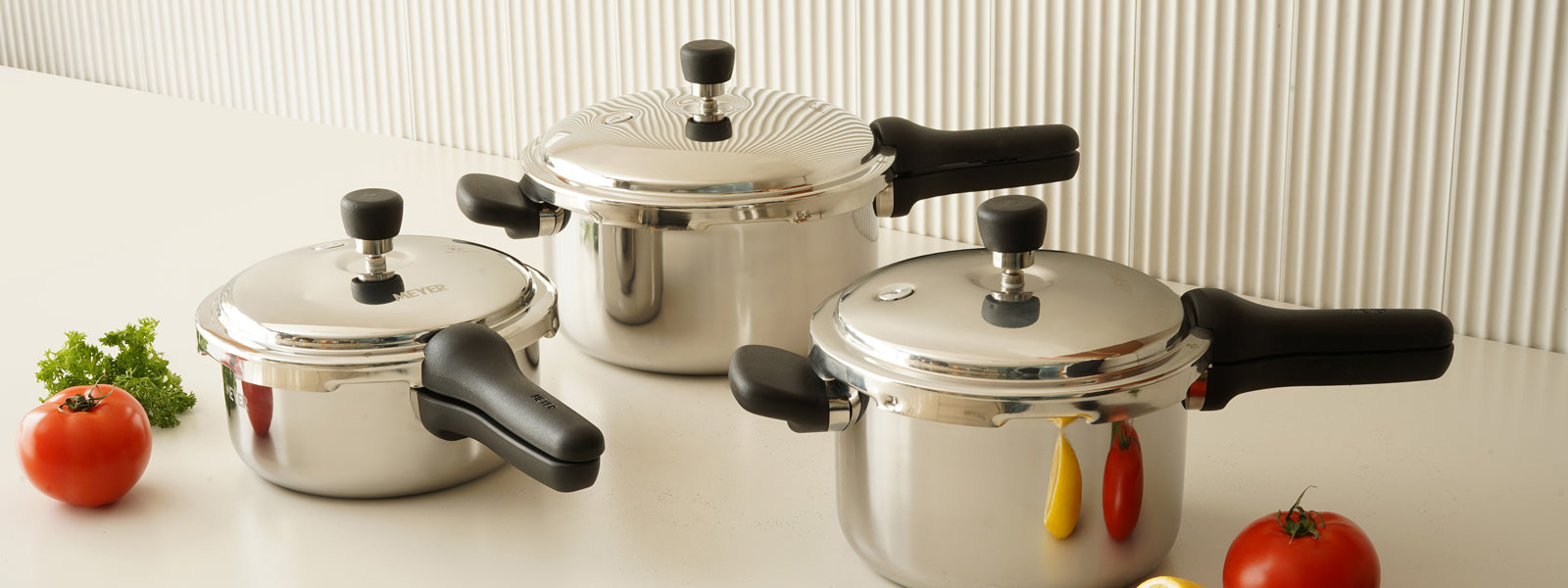
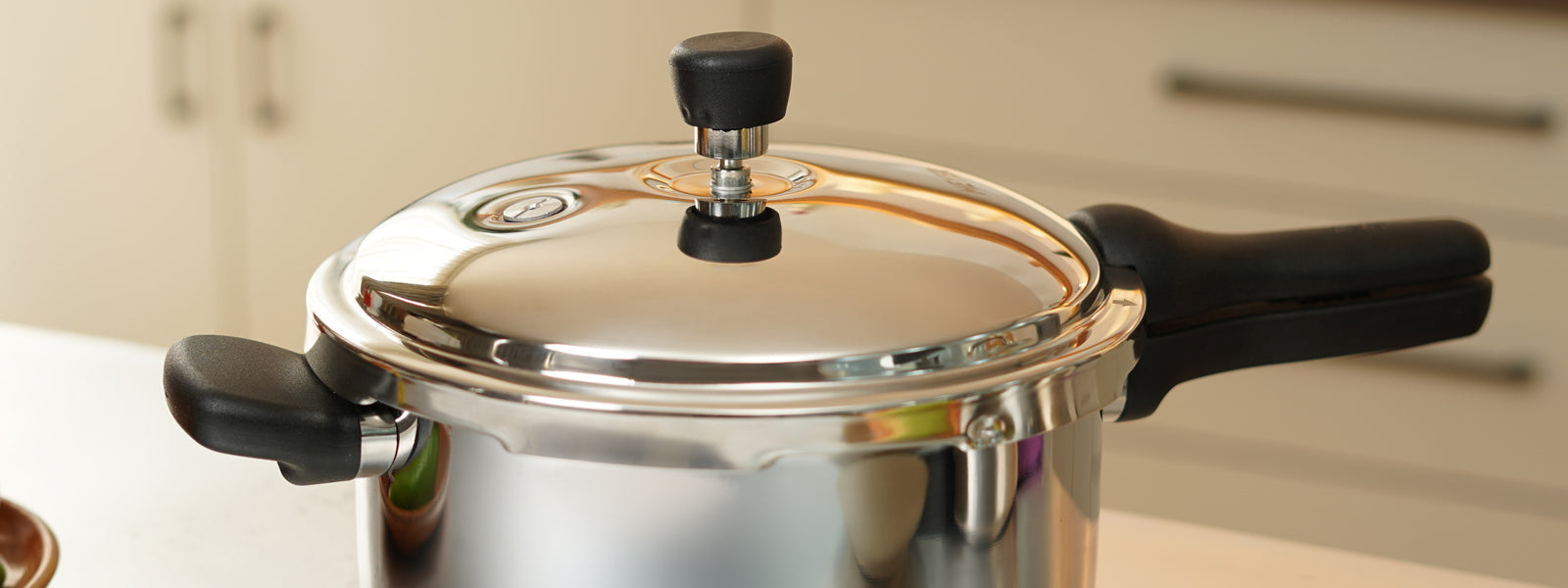
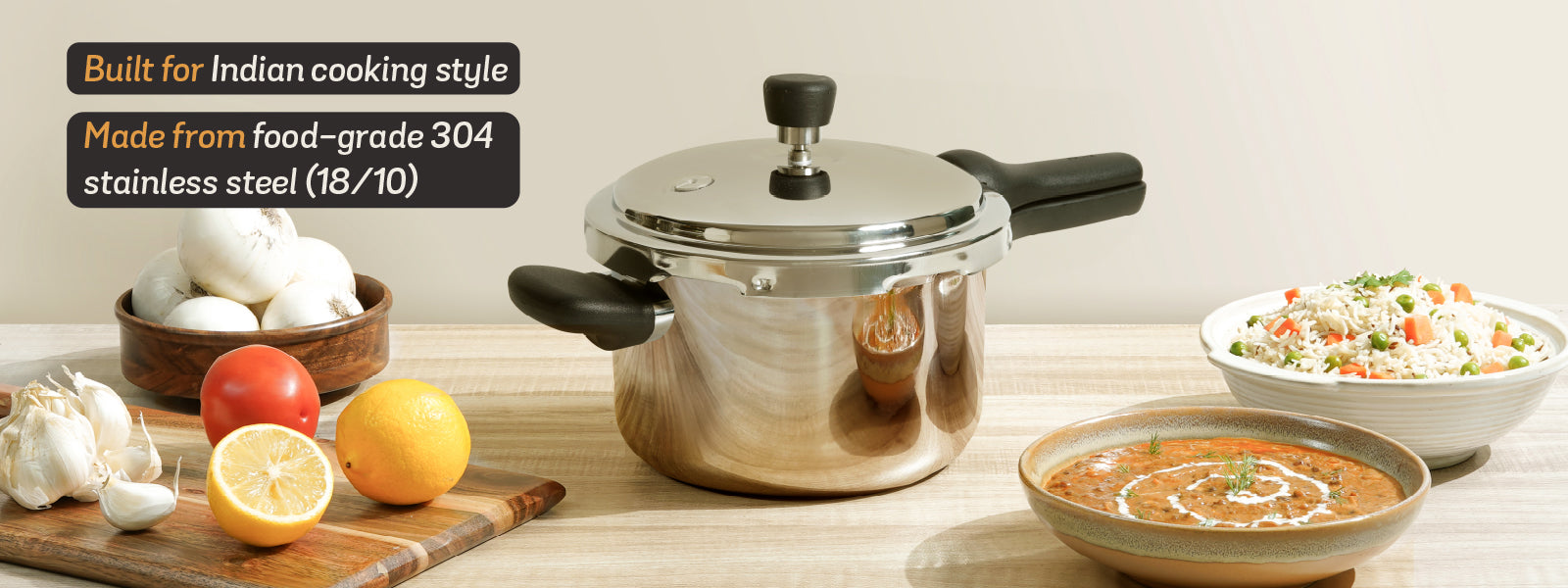
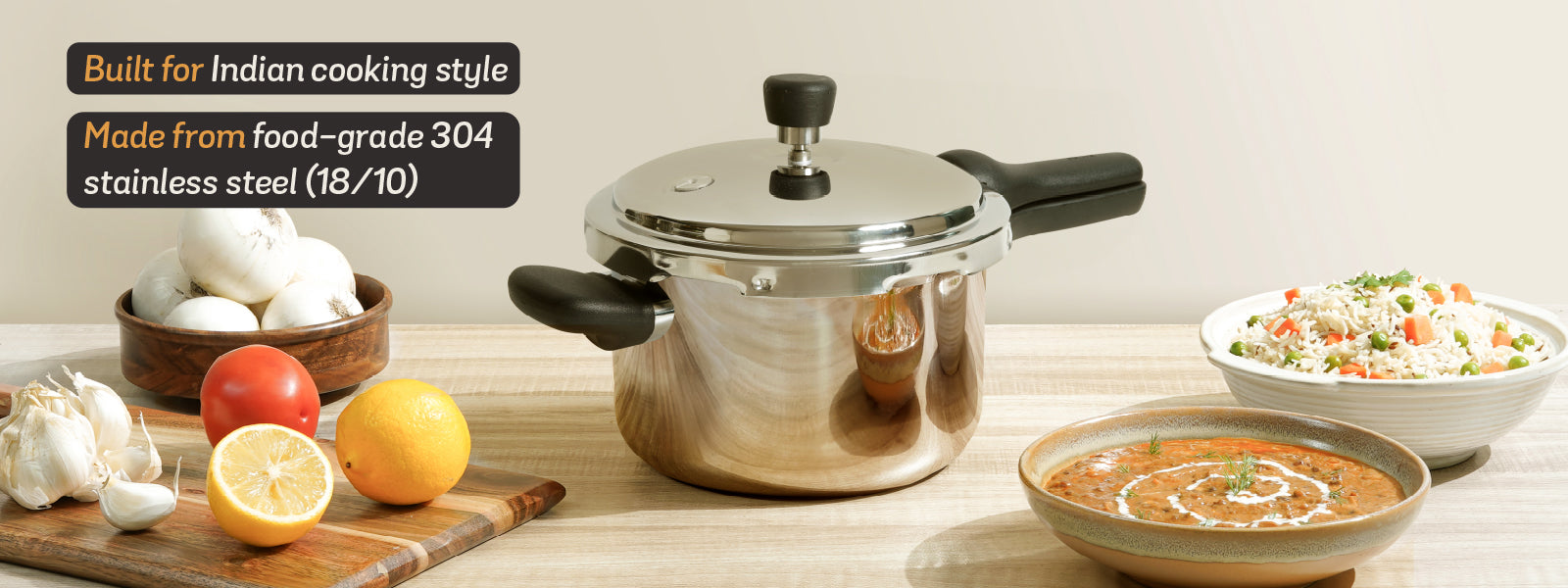
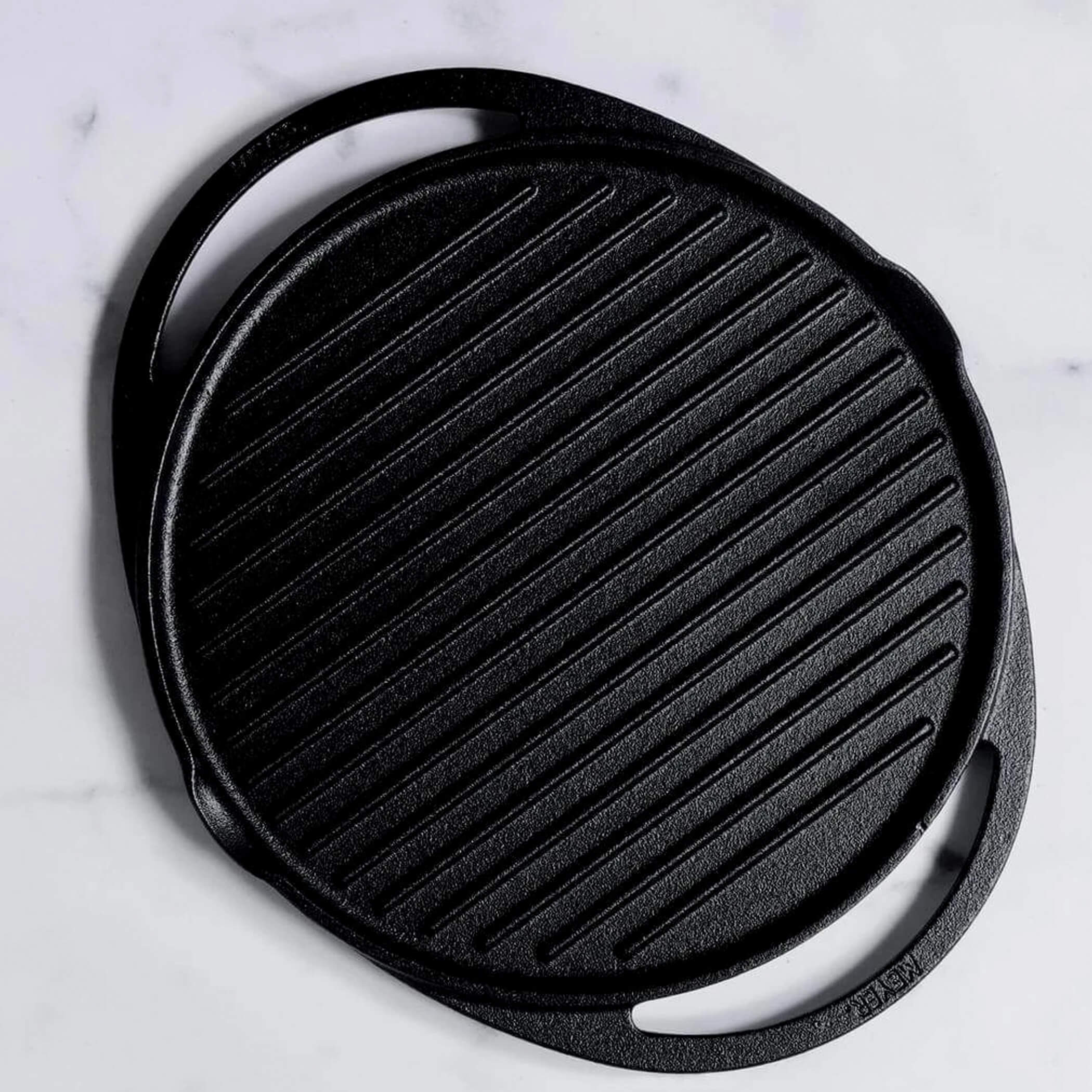
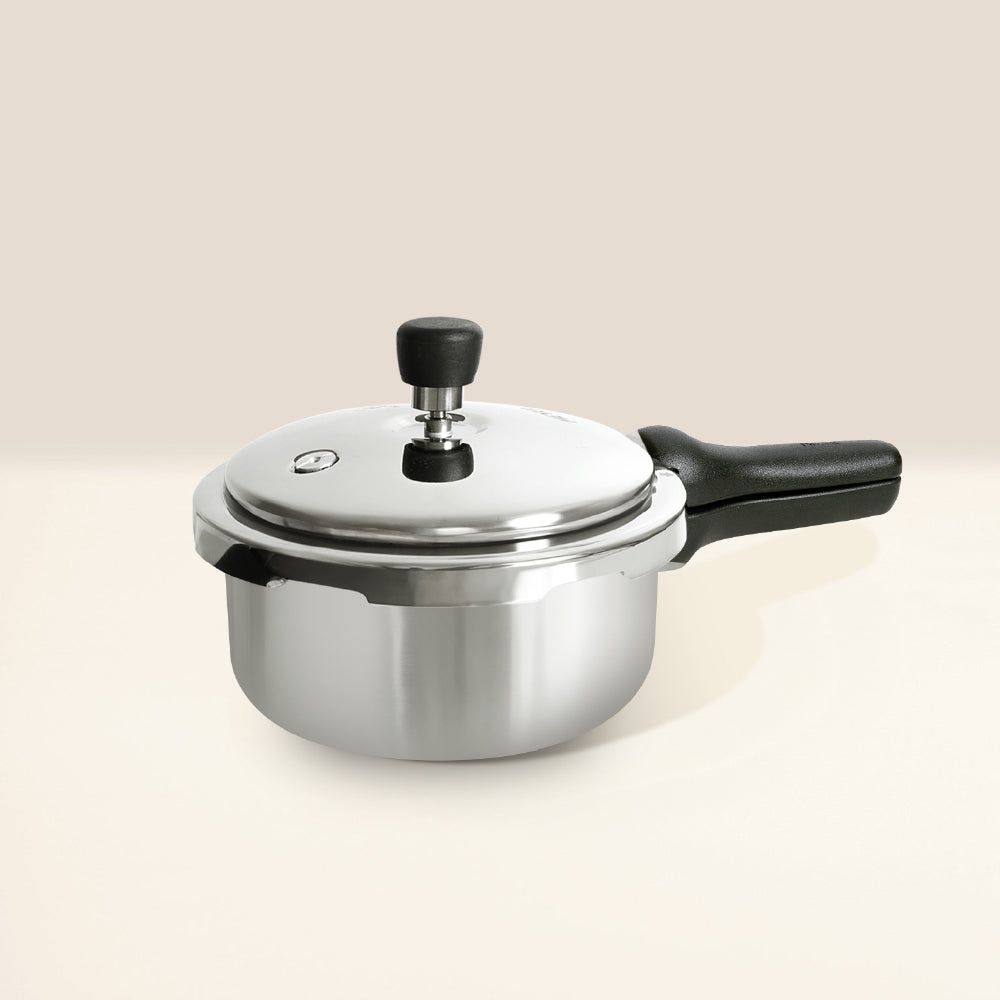




Leave a comment